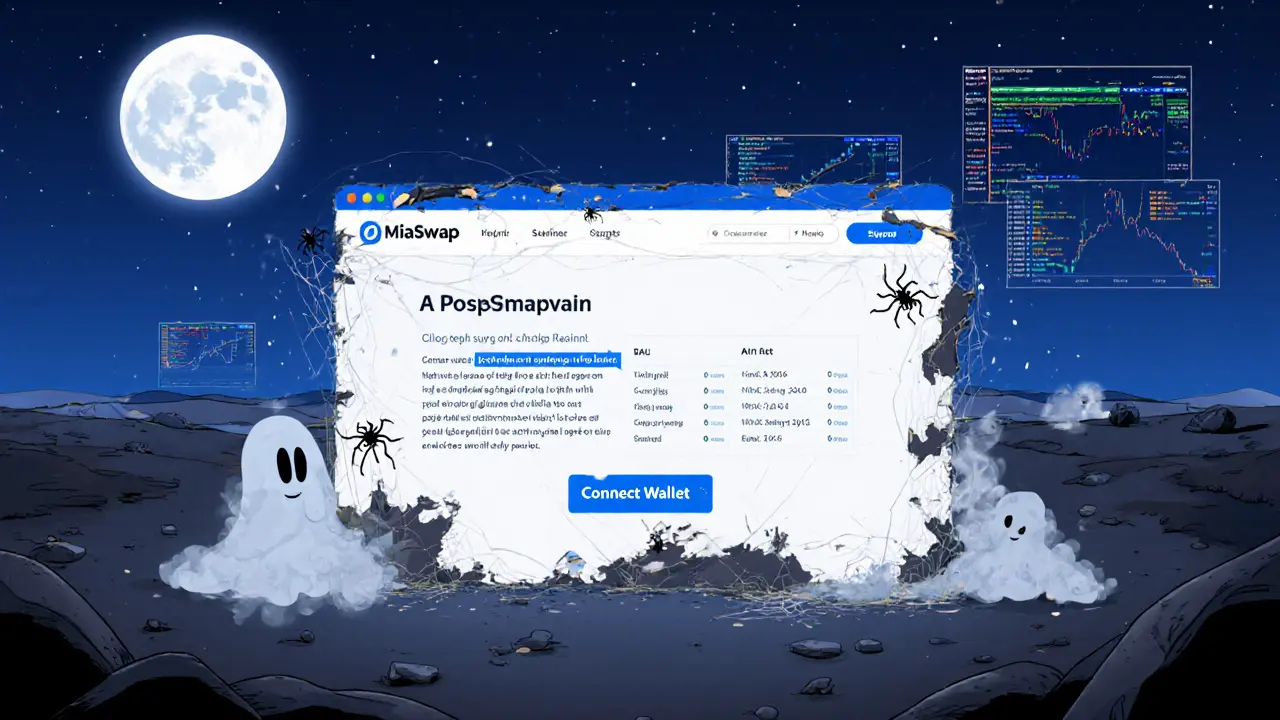Crypto DEX: How Decentralized Exchanges Work and Why They Matter
When you trade crypto on a crypto DEX, a decentralized exchange that lets you trade directly from your wallet without a middleman. Also known as a decentralized exchange, it removes banks, brokers, and centralized servers from the process. That means no KYC, no account freezes, and no one holding your keys—just you and the blockchain.
Unlike centralized exchanges like Binance or Coinbase, a crypto DEX, a decentralized exchange that lets you trade directly from your wallet without a middleman. Also known as a decentralized exchange, it removes banks, brokers, and centralized servers from the process runs on smart contracts. Think of it like a vending machine for crypto: you put in one token, it spits out another, and the code handles everything. No human touches it. This is the core of DeFi, a system of financial tools built on blockchain that operates without traditional banks. Also known as decentralized finance, it includes lending, staking, and trading—all automated. Many of the posts here look at DEXs like IDEX, CryptoBridge, and SudoSwap, each with different designs but the same goal: trustless trading.
Why does this matter? Because when you use a centralized exchange, you’re trusting someone else with your money. If they get hacked, go offline, or decide to block your account—too bad. On a DEX, your wallet stays in your control. That’s why people in places like Cuba or Argentina, where financial access is limited or restricted, turn to DEXs. They don’t need permission. They just need internet. But it’s not perfect. Slippage, high gas fees, and scams disguised as DEXs are real risks. Posts here break down how to spot fake platforms, understand liquidity pools, and avoid losing funds to bad contracts.
Some of the exchanges reviewed here—like IDEX—are hybrids. They blend DEX security with CEX speed. Others, like CryptoBridge, are built on older chains like BitShares. Then there are NFT-focused DEXs like SudoSwap, which trade digital art using automated market makers instead of order books. Each one solves a different problem. But they all share the same foundation: removing control from corporations and putting it back in your hands.
You’ll find reviews of real DEXs, deep dives into how their tokens work, and warnings about shady platforms pretending to be decentralized. Some posts even show how traders use multiple exchanges—centralized and decentralized—to bypass restrictions or find better prices. This isn’t theory. It’s what people are doing right now. Whether you’re new to crypto or you’ve traded for years, understanding how a crypto DEX works gives you real power. Not the kind that comes from a CEO’s approval. The kind that comes from owning your own money.
MiaSwap v2 Crypto Exchange Review: Is This Decentralized Exchange Still Alive?
MiaSwap v2 doesn't exist. The original MiaSwap exchange has been inactive since 2025 with near-zero trading volume and no updates. Learn why this so-called DEX is dead and what to use instead.
